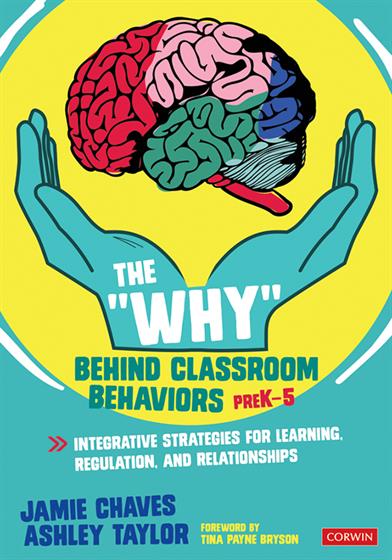Foreword
Preface
Acknowledgments
About the Authors
Chapter 1: Searching for the “Why?”
A Brief Introduction to Interpersonal Neurobiology
Applying a Brain-Based, Relational Lens to the Educational Setting
Chapter 2: Regulation as the Foundation for Learning
What Is “Regulation”?
Reframing the Developmental Expectations of Regulation
Developmental Milestones in Regulation
Promoting Regulation in the Classroom
Chapter 3: The Teacher-Student Dyad and Classroom Community
Understanding the Teacher-Student Dyad and Regulation-Response Cycle
The Power of Mirror Neurons
Harnessing the Positive Power of Mirror Neurons
Rupture and Repair
Facilitating the Continued Development of a Teacher-Student Dyad
Chapter 4: Foundations of Sensory Processing for Regulated Learning
Foundations of Sensory Processing in the Classroom
Teacher-Student Dyad and Sensory Processing
Sensory Systems and Their Impact on Learning
Facilitating Sensory Integration for More Engaged Learning
Chapter 5: Building a Sensory Smart Classroom
Sensory Preferences and Sensory Processing Disorder—What’s the Difference?
Recognizing Different School-Based Sensory Needs
Chapter 6: Developing an Awareness of Individual Differences and Promoting Integration
Recognizing Individual Differences
Moving Toward Integrated Learning
Teaching Students to Search for the Why
Language-Based Learning Disabilities
Nonverbal Learning Challenges
Giftedness and 2E
Other Common Diagnoses That Impact Learning
Common Misconceptions Regarding Learning Disabilities
The Power of Early Intervention
Supporting Integration of Students With Individual Differences
Chapter 7: Handwriting That Promotes Integrated Learning
Developmental and Sensorimotor Facets of Handwriting
Writing as an Integrated Brain Activity
Regulation and Handwriting
Facilitating Improved Handwriting
Chapter 8: Considerations for Specialty Teachers
A Note about Relationships and Regulation in Specialty Classes
Sensorimotor Factors in Specialty Classes
Learning Differences Unique to Specialty Classes
Boosting Regulation and Participation in Specialty Classes
Chapter 9: Redefining Behavior Plans
A Note About Behavior Plans
Structure, Appropriate Boundaries, and Clear Expectations
Natural Versus Punitive Consequences
The Power and Peril of Praise
The Lifespan of a Meltdown and In-The-Moment Strategies
Putting It All Together: A Newly Defined Behavior Plan
Chapter 10: Supporting Students Who Need Additional Help
Understanding Supports Within Your School
Accessing External Supports
Establishing a Teacher-Parent Dyad
Preparing for a Parent Meeting
References
Index




